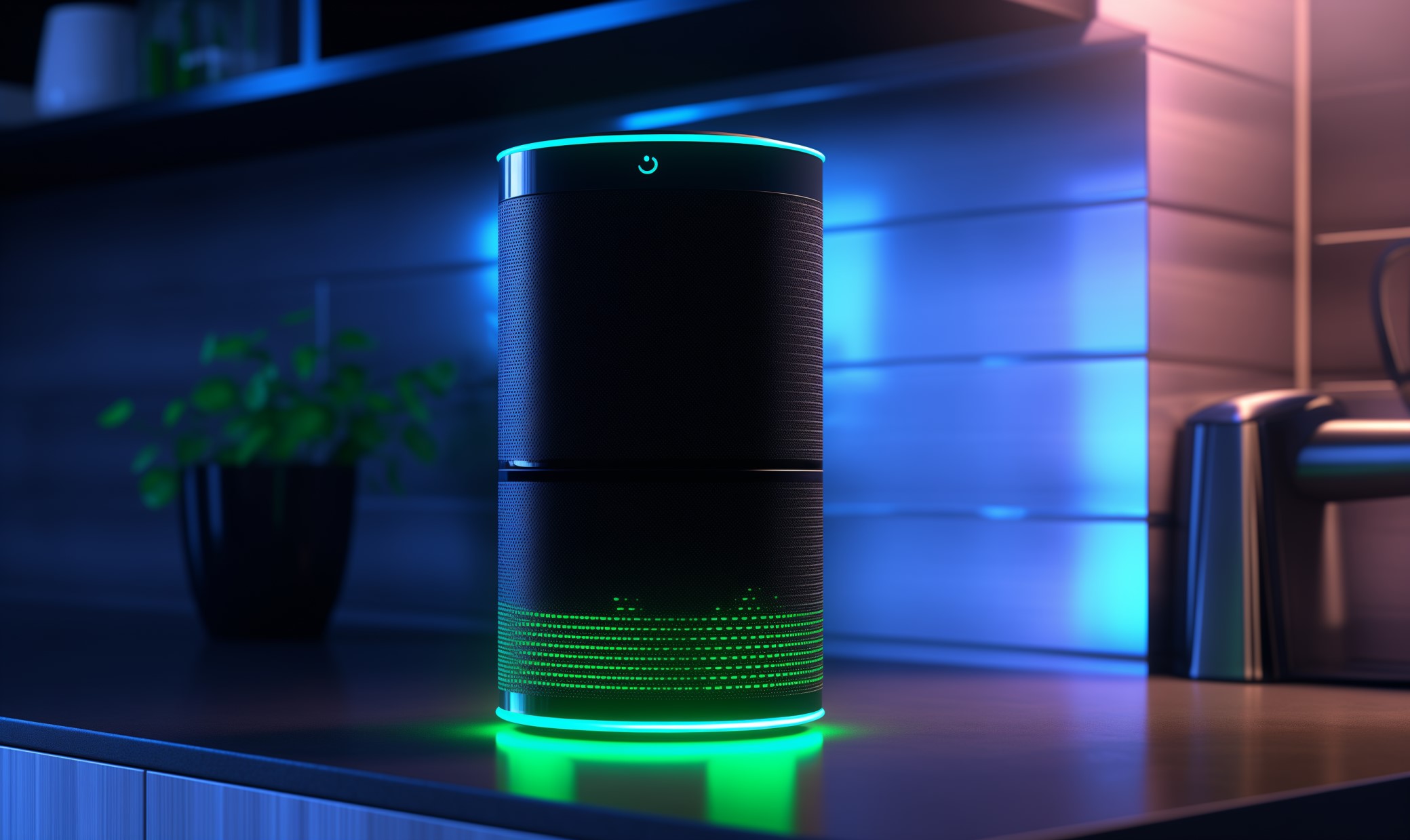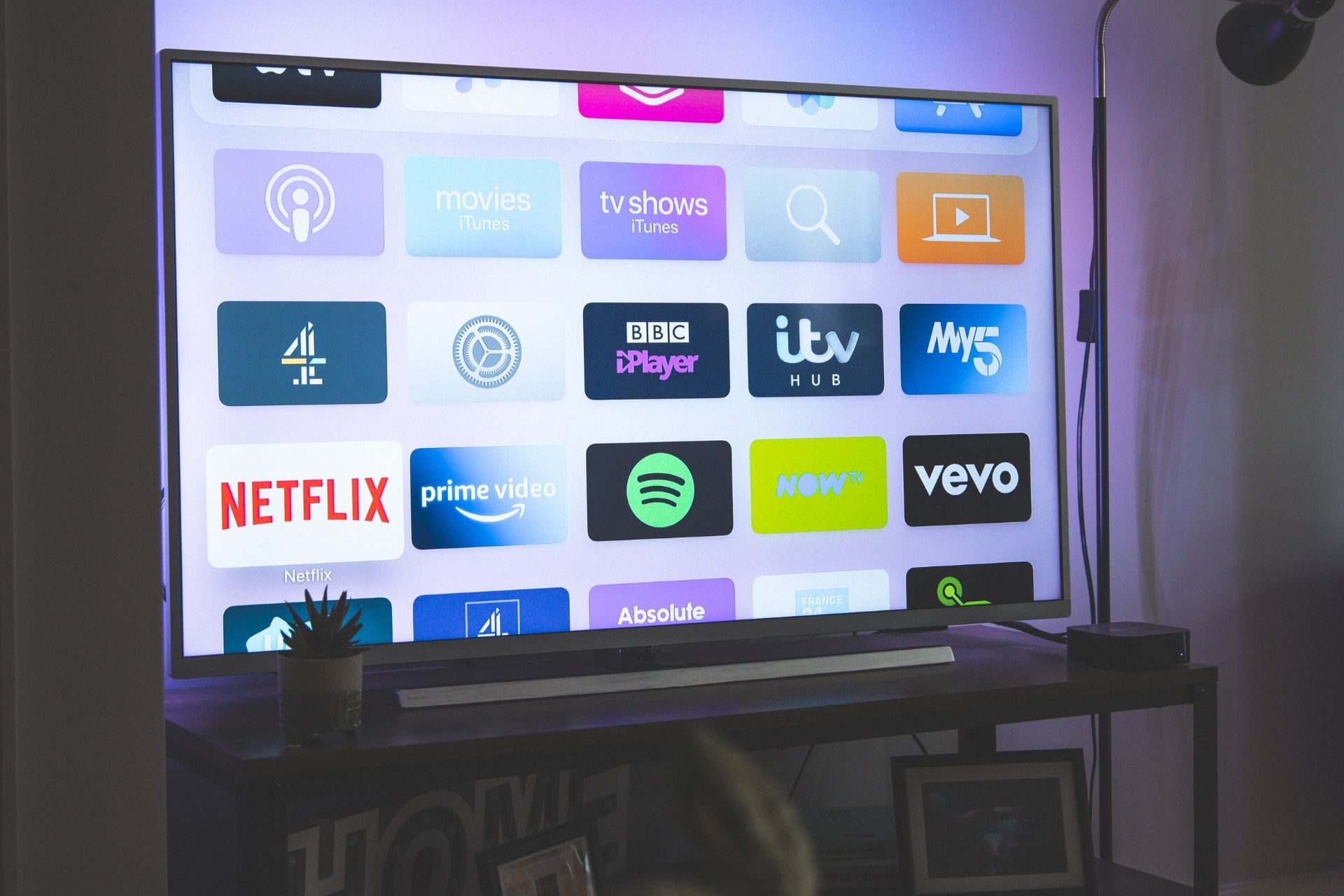What is IoT device management? What does it do for users and businesses? The modern world has interconnected devices that track and record data to improve performance and functionality. IoT management helps connect users with their devices for a seamless, hassle-free experience.
What is IoT Device Management?
IoT device management is the process of handling, managing and controlling a network of smart devices connected to the internet. The process involves multiple stages, from setting up the devices to decommissioning them when their useful lifecycle is over. Its role is to ensure smooth operation, efficiency and security of smart devices throughout their effective lifecycle.
Some critical components of IoT device management include:
- Onboarding: Onboarding or provisioning lets users register and integrate their devices into existing networks.
- Viewing: Users must be able to see a list of their available devices for centralized control.
- Configuration: IT teams and users can configure devices according to their preferences and specifications.
- Grouping: IoT device management allows large-scale handling of multiple devices with bulk communication and processing.
- Monitoring: Users can establish centralized monitoring to view device status in real-time.
- Security management: IoT device management can update devices automatically to ensure they follow current security protocols.
- Updating: Device functionality changes over time. Updates can help users maximize their devices’ capabilities with consistent performance updates.
- Decommissioning: Users can choose what to do with their data and hardware once their devices reach the end of their lifecycle.
Internet of Things (IoT) devices or smart technology come in various forms — from wearable devices that track user health to smart appliances or building systems that record energy usage, daily activity logs and other essential data. These devices work together to improve user experience and satisfaction, offering recommendations to adjust lifestyle choices, device usage and many more.
Why is IoT Device Management Important?
IoT device management is essential to everyday life as it integrates a network of transmitters, sensors and processors with various functions. Furthermore, it guarantees every component works flawlessly to serve the user. Here are some of the several critical functions:
- Setup: Smart gadgets, appliances and systems rely on sophisticated software or firmware to make daily life easier and more convenient. Although operating them looks simple, a lot goes on behind the scenes to make them appear so. Skilled professionals ensure the correct setup of interconnected devices at home and work to guarantee seamless and efficient functions.
- Overseeing and monitoring: After initial deployment, ordinary users and businesses depend on management teams to manage and monitor their devices. This process entails constant tracking and supervision to guarantee each device is working as it should. Whenever a device malfunctions, a support team on standby can help troubleshoot or repair if needed.
- Device management: Developing technologies in the modern world continue to emerge at every turn. IoT management entails complete device serviceability from deployment until the end of its lifetime. Device management teams constantly update existing devices to improve their performance and reliability.
With more people adopting new technologies that improve quality of life, device management is also becoming essential to meet growing demands. Management teams can remotely monitor, track and control devices — or entire networks — and introduce new features to upgrade device functionality.
IoT management services can roll out plans, performance and security updates and maintenance schedules to service multiple networks of interconnected devices for business use. Understanding users’ needs is essential in ensuring their fleet of devices works correctly, whatever their preferred settings and purpose.
IoT Device Management in Business
Effective device management allows organizations to maximize IoT capabilities in various business processes. Here are several features that businesses can utilize:
- Safely onboard devices: Businesses can leverage new technologies to make current processes more efficient. IoT solutions can deploy complete networks safely by guaranteeing that the system only accepts authorized devices.
- Perform functions at scale: Organizations often work with multiple devices that can reach unprecedented numbers. IoT solutions allow organizations to deploy, register and manage devices at scale with bulk processing and other functions.
- Organize devices: Large corporations can organize their devices depending by usage, sector and other criteria. IoT device management can arrange devices in hierarchical order as the client prefers.
- Automate processes: Management teams can issue commands to a network or fleet of devices from a centralized command center. They can also set fixed schedules for crucial tasks and reduce the manual labor required.
- Create secure networks: IoT management is responsible for rolling out security updates that flesh out network vulnerabilities. Cybersecurity measures can help safeguard IoT devices and networks from data breaches and malicious attacks.
- Monitor and control devices remotely: Handling essential tasks can be costly and tedious. IoT device management allows organizations to monitor and manage their assets from a central command center and reduce operational costs. This feature also improves efficiency by identifying and addressing issues before they worsen.
- Log critical data for optimization: IoT technology helps businesses improve their systems and processes by logging massive amounts of data for analysis and optimization. IT administrators can track assets and verify which devices and processes are working correctly in real-time.
What are the Benefits of IoT Management Solutions in Business?
Users and businesses benefit from IoT device management in various ways. Here are some examples:
Reduced Costs
Technical issues can become significant setbacks if left unchecked. IoT device management makes addressing challenges easier for businesses and improves their bottom line by eliminating costly repairs.
Bulk Processing and Management
The changing business landscape requires organizations to improve their processes to maximize efficiency. Bulk processing and real-time management of multiple device fleets let businesses respond to dynamic changes in their operations.
Improved Performance and Efficiency
IT teams can boost system performance by addressing issues quickly and effectively with real-time control. Managing multiple fleets of devices is possible by grouping them and controlling them at scale.
Secure Networks and Devices
Bad actors can infiltrate unsecured devices and compromise IoT ecosystems. Service updates give companies peace of mind by making network security airtight. Effective IoT device management minimizes security risks with appropriate tools and protocols.
IoT Device Management as a Modern Solution
People’s increasing reliance on IoT devices and networks opens up challenges for users and businesses. Managing these devices can seem complicated, but the right solutions can help make them more accessible and convenient for everyone. Understanding IoT device management can help users address the knowledge gap and promote wider adoption of the technology.
Recent Stories
Follow Us On
Get the latest tech stories and news in seconds!
Sign up for our newsletter below to receive updates about technology trends














